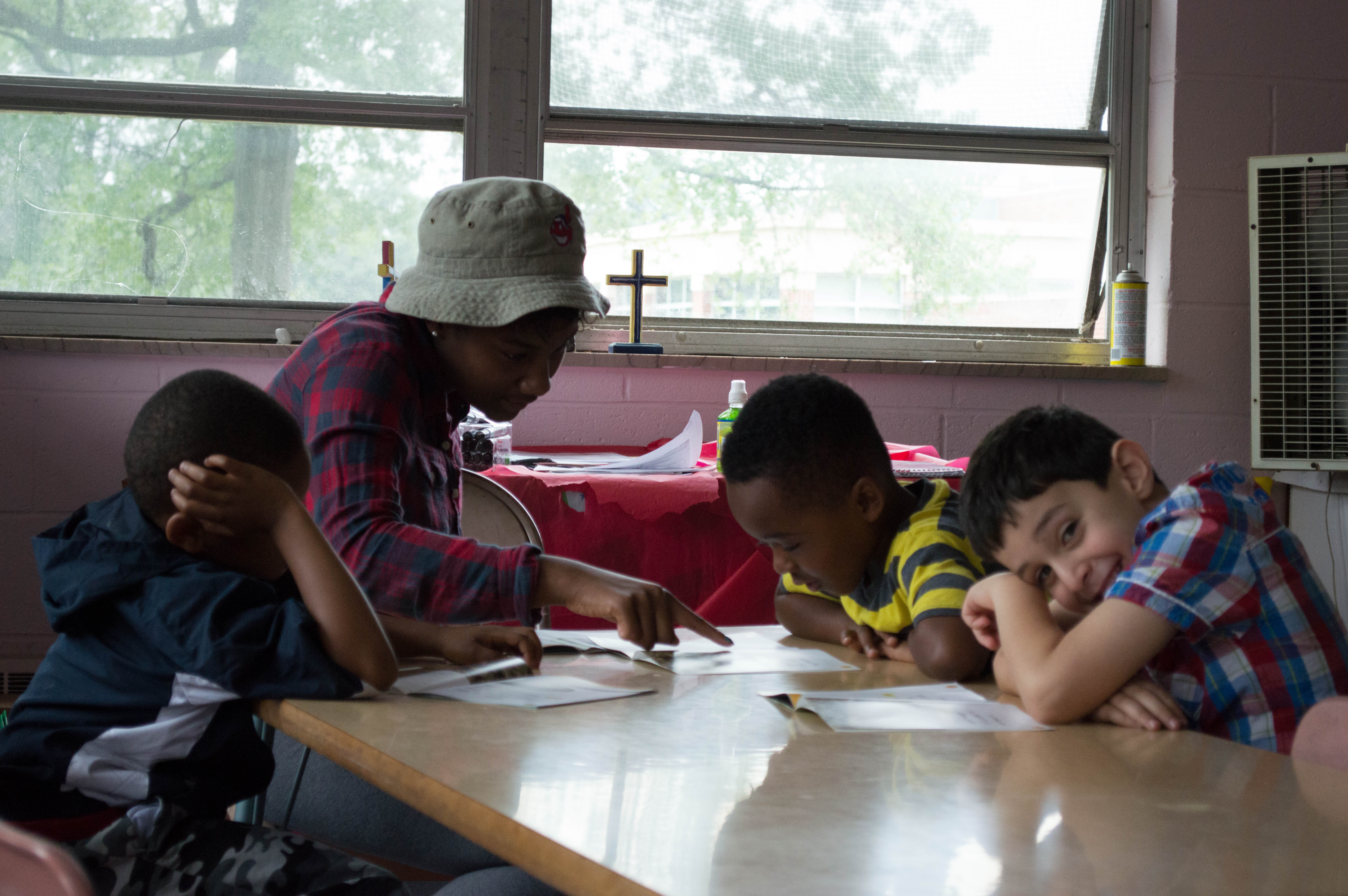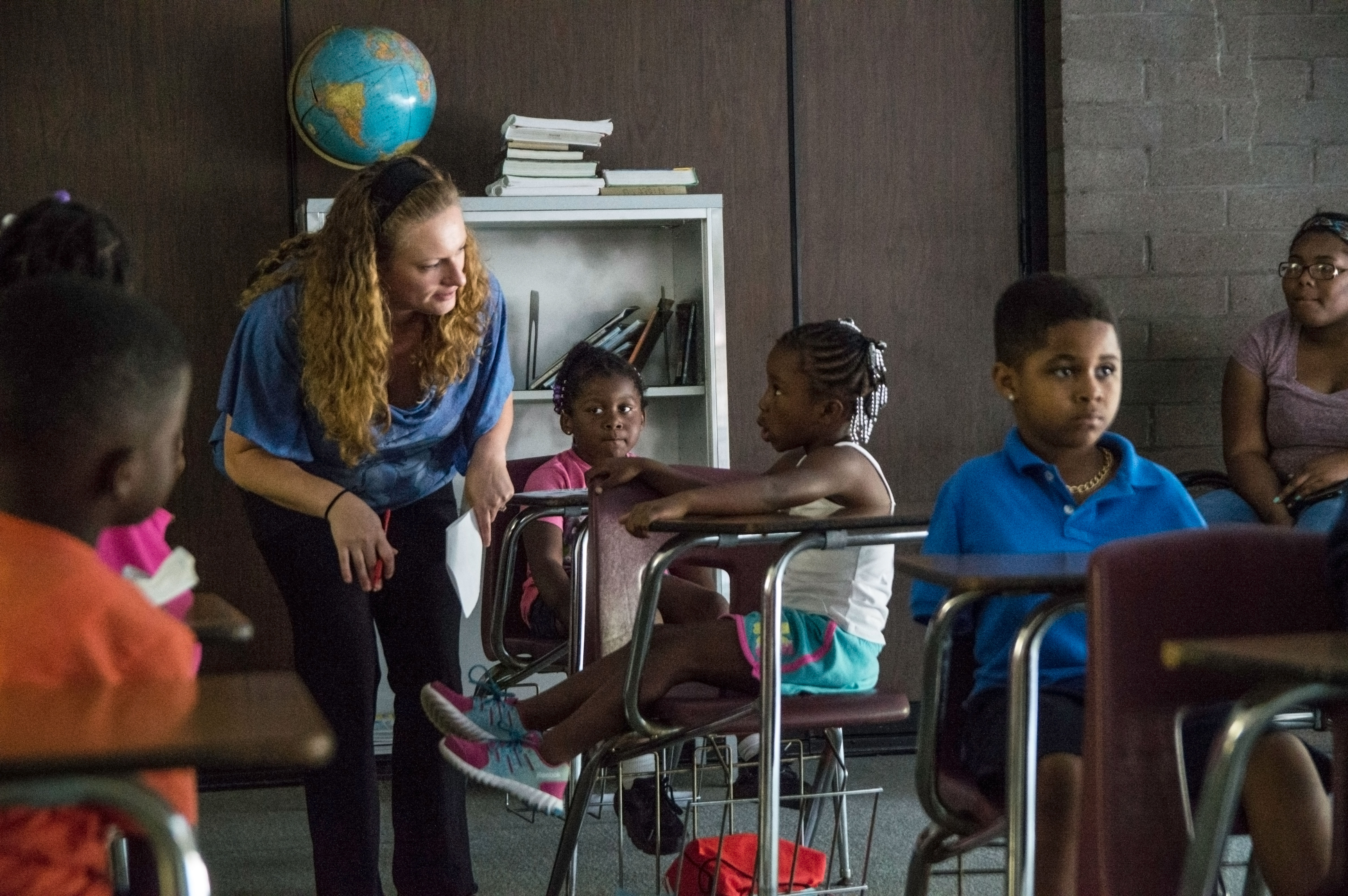
The average inner-city student…
The average inner-city student will lose 3 months of reading comprehension this and every summer. The same is not true of their middle class suburban peers who will gain a month on average. This disparity when compounded over the years from kindergarten to fourth grade will leave the average inner-city fourth grader reading on the second grade level. When this happens, the child is 13 times more likely to drop out of school at some point.
Experts now know that at least two thirds of this gap is due directly to summer learning loss!
School communities in the suburbs can be characterized by the relationships between students, teachers, and parents. Within this triangle, students learn through multiple pathways that enable them to make academic progress inside and outside of the classroom.
In the inner-city…
In the inner-city, this triangle is broken. Our educational system focusses exclusively on the interaction between teachers and students, writing off parents as either unable or unwilling to help. The result is akin to a two legged stool. Because inner-city students lack continuous access to learning at home, they make slow gains during the school year and massive regressions during the summer months.
The result is that the average inner-city student will read on the 2nd grade level by the time they get to 4th grade. When this happens, the child will be 13 times more likely to drop out of school at some point. In this scenario, that child is four times more likely than a college educated person to be chronically unemployed. If they do find gainful employment, they will earn one fourth as much money on average and one out of ten of those kids will be behind bars on any given day of the year.
The good news is… now we know how to stop this!
